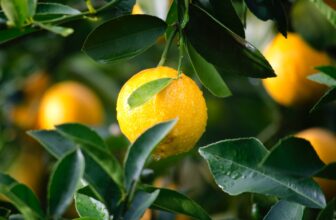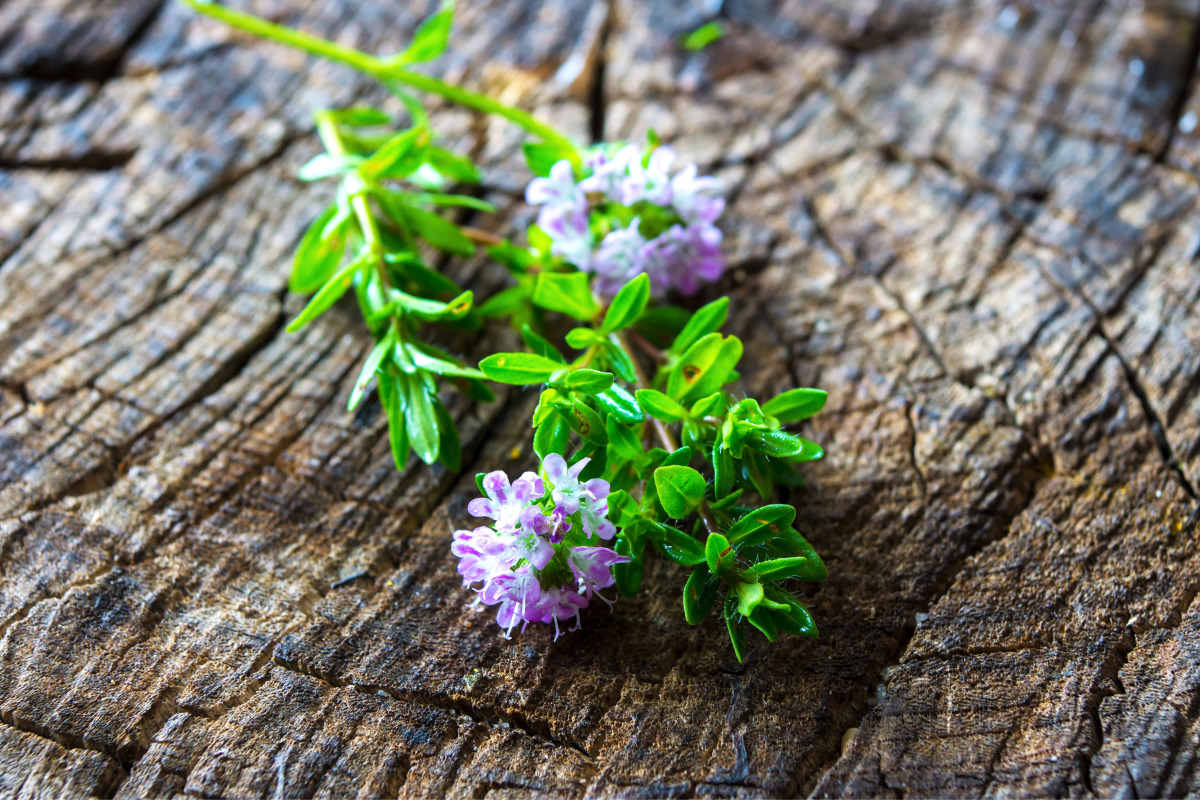
Table of Contents
Summer savory is a herb known for its unique and delicate flavor, which is a perfect addition to any summer dish. It’s a hardy and easy-to-grow herb that can be planted in the spring or summer. This is a great herb to add to your garden, not just for its flavor but also for its health benefits.
In this article, we’ll take a look at everything there is to know about this herb including how to grow and care for it, as well as its various uses and benefits. Let’s take a look!
What is Summer Savory?
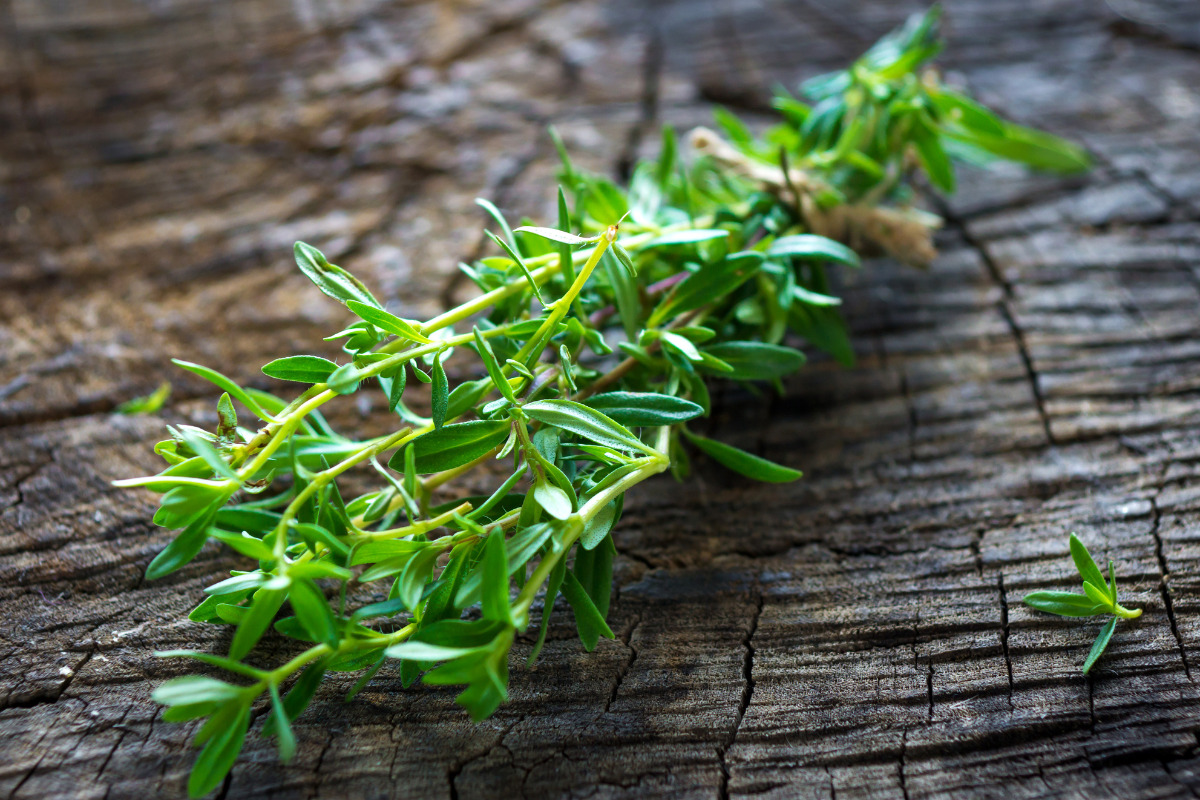
Summer savory (Satureja hortensis) is an herb that’s native to the Mediterranean region and is a member of the mint family. It’s an annual herb that grows to a height of about 30-60 cm tall. This herb has small, narrow, and pointed leaves and small white or pink flowers that bloom in the summer.
The leaves have a unique and delicate flavor that is similar to a mixture of thyme and pepper and are often used to season a wide variety of dishes, particularly in Mediterranean and European cuisine. Summer savory is also used in traditional medicine and its essential oil is used in aromatherapy. It’s a hardy and easy-to-grow herb that can be planted in the spring or summer.
History of Summer Savory
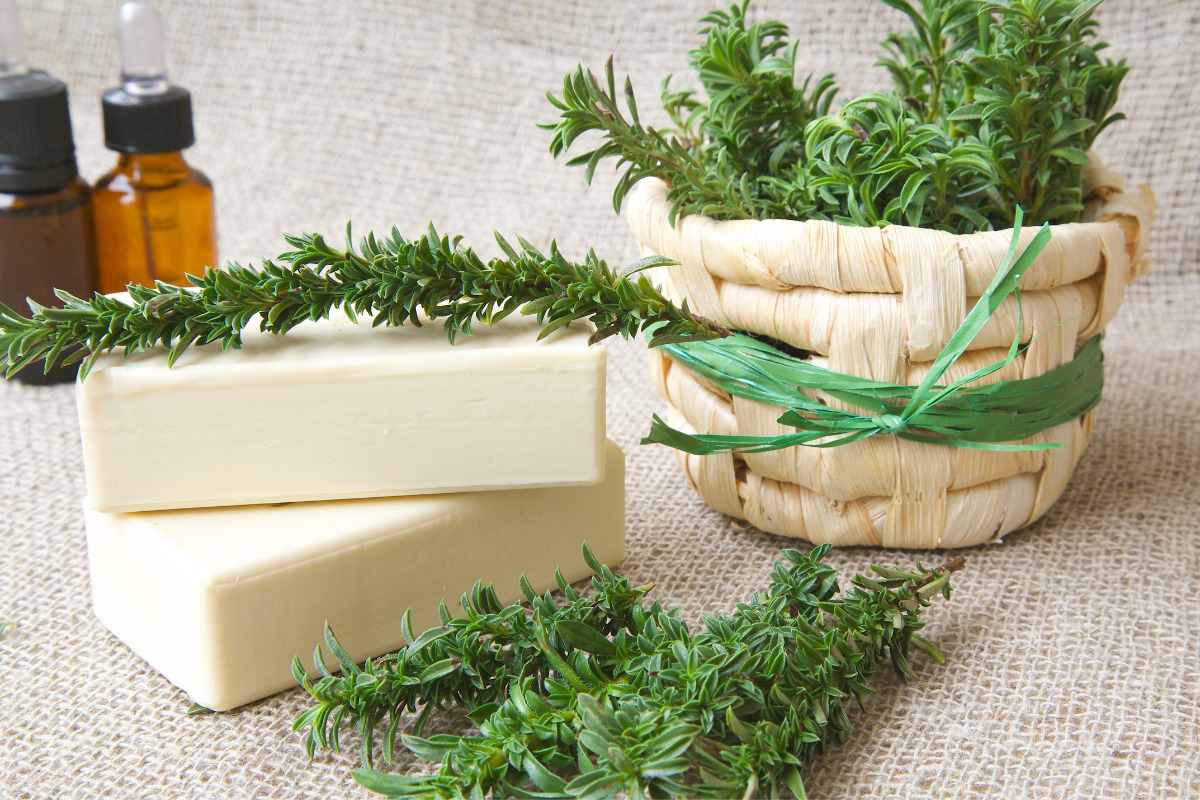
Summer savory has been used for centuries in cooking and traditional medicine. The ancient Greeks and Romans used it as a seasoning and a medicine. They believed that it could help with digestion, respiratory problems, and pain relief and that it could increase strength and endurance. The herb was also used by the ancient Egyptians, who considered it to have medicinal properties.
In the Middle Ages, summer savory was used as a medicinal herb and was thought to have magical properties. It was also used to ward off evil spirits and to protect against diseases and infections. During the Renaissance, it was a popular herb in European cuisine.
Summer savory has been used in traditional medicine in many countries, particularly in Europe and North America, and it has been used to relieve digestive issues, respiratory problems, pain and other ailments. It’s also been used in aromatherapy and massage therapy, due to its beneficial properties.
Today, summer savory is still used in cooking, particularly in Mediterranean and European cuisine, and is also appreciated for its medicinal properties. It’s popularly used in herbal teas and as a condiment.
Uses of Summer Savory
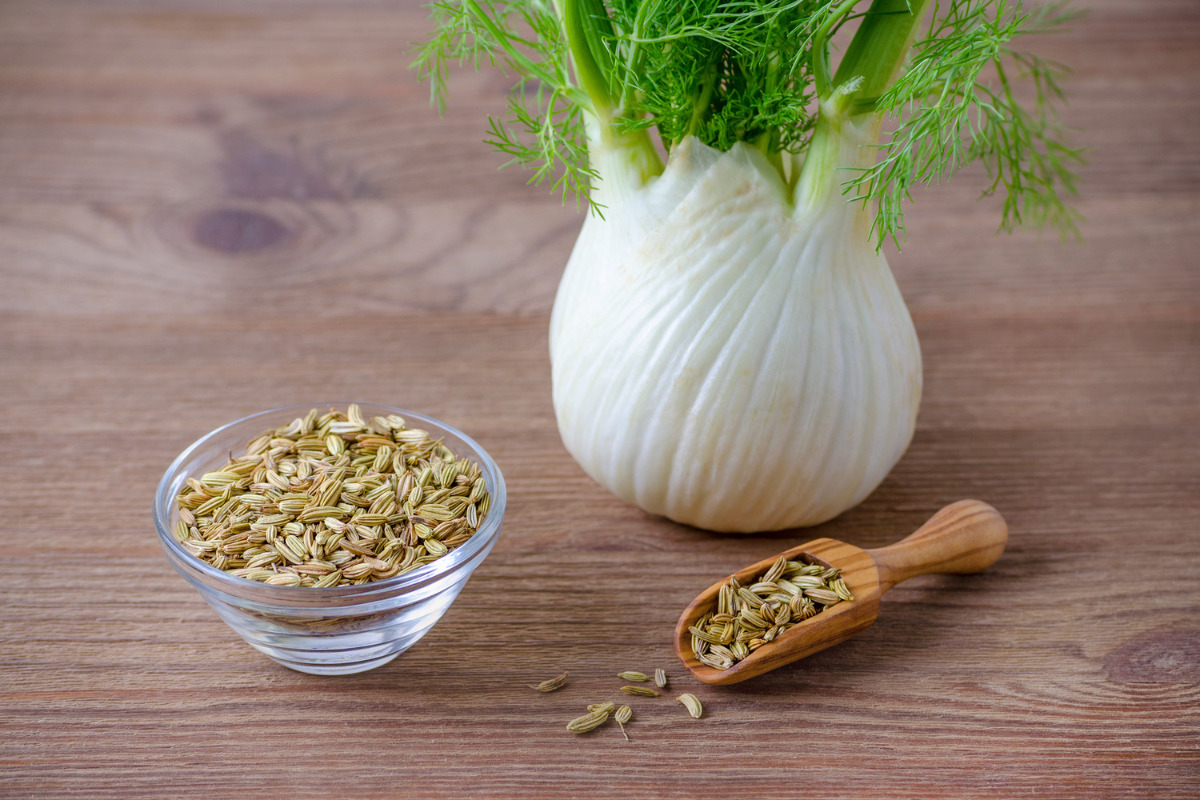
Summer savory is a popular herb that has many uses. These include:
- Cooking: Summer savory is commonly used in cooking to add a spicy, peppery flavor to dishes. It’s often used to season meats, poultry, and fish, as well as to flavor soups, stews, and beans.
- Medicinal use: Summer savory is also said to have medicinal properties and has been used to treat a variety of ailments, such as indigestion, flatulence, and colic. It’s also used to help relieve the symptoms of colds and flu.
- Home remedies: Summer savory is also used in home remedies for minor health issues such as headaches, toothaches, and insect bites.
- Aromatherapy: Dried summer savory leaves can be used in potpourri or sachets to add a fresh and spicy scent to the home.
- Gardening: Summer savory is also an attractive herb that can be grown in gardens or containers, and it’s often used as an ornamental plant.
- Culinary herb blends: Summer savory is often included in herb blends such as poultry seasoning and bouquet garni.
How to Grow Summer Savory
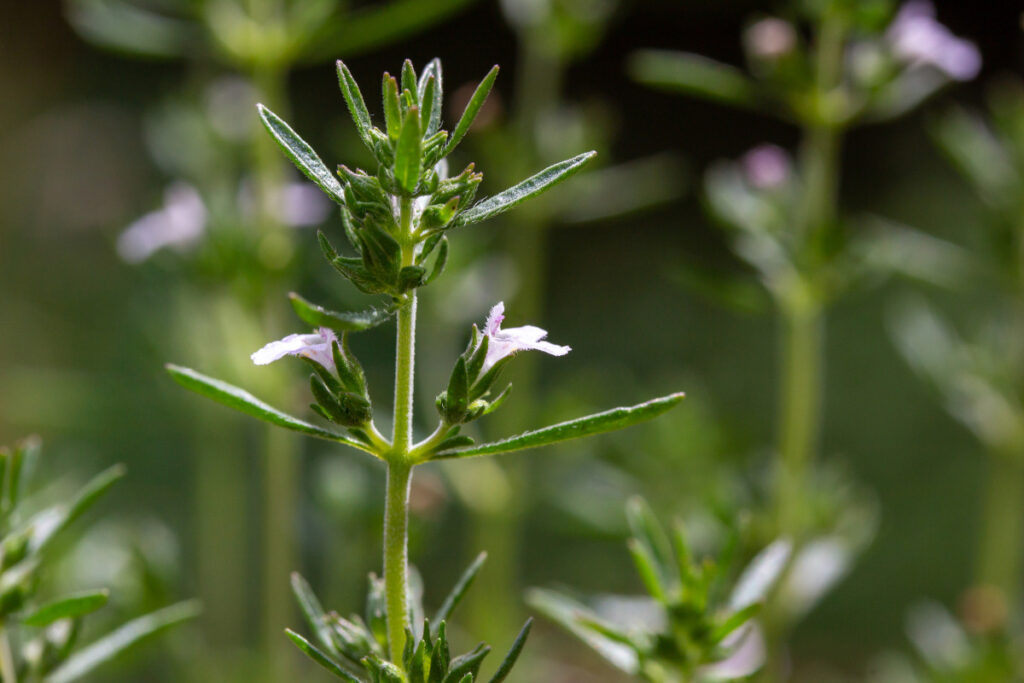
Summer savory is an easy-to-grow herb that’s well-suited to a variety of different climates and growing conditions. Here are some tips on how to grow summer savory:
1. Planting
Summer savory can be planted in the spring or fall, in well-drained soil that is rich in organic matter. It can be started from seed, or from established plants. Space the plants about 12 inches apart.
2. Sunlight
Summer savory prefers full sun exposure and well-drained soil. It can tolerate partial shade but may not produce as much foliage or flavor.
3. Watering
Summer savory prefers well-drained soil and does not tolerate standing water. It should be watered regularly, taking care not to over-water, as this can lead to root rot. During the growing season, the soil should be kept consistently moist but not waterlogged.
It’s a good idea to check the soil moisture before watering and water only when the top inch of soil is dry. Once established, summer savory can tolerate some drought.
4. Fertilizing
Summer savory is a hardy herb that does not require a lot of fertilizer. It can grow in poor soils and does not require regular fertilization.
However, if you want to give your plants a boost, you can fertilize them with a well-balanced, water-soluble fertilizer, such as a 10-10-10 fertilizer, according to the package instructions. It can be applied every 4-6 weeks during the growing season.
It’s also a good idea to amend the soil with organic matter, such as compost or well-rotted manure, prior to planting, to improve the soil structure and fertility.
It’s important not to over-fertilize summer savory, as this can lead to lush foliage at the expense of flavor and essential oil production.
5. Pruning
Summer savory doesn’t require regular pruning, but it can benefit from occasional trimming to promote bushier growth and encourage new foliage.
You can pinch back the tips of the plants to encourage bushier growth, remove any dead or yellowing leaves, and shape the plant as needed. Regular deadheading will also help to prolong the blooming period. It’s also important to remove any damaged or diseased leaves or stems to prevent the spread of disease.
It’s generally a good idea to prune summer savory in the spring before new growth appears, and also to prune it again lightly throughout the growing season to encourage bushier growth and to keep the plant within bounds. Avoid over-pruning, as this can reduce the plant’s ability to produce foliage and flavor.
6. Pests and Diseases
Summer savory is generally considered a hardy herb that is resistant to most pests and diseases. However, here are a few common issues that can affect it:
- Aphids: These tiny insects can suck the sap from the leaves and cause distorted growth. They can be controlled with insecticidal soap or a strong spray of water.
- Whiteflies: These tiny, white insects can also suck the sap from the leaves and cause yellowing. They can be controlled with yellow sticky traps or an insecticidal soap spray.
- Powdery mildew: This fungal disease can cause a white, powdery coating on the leaves and can be controlled with a fungicide or by keeping the plants well-spaced and providing good air circulation.
- Botrytis: This fungal disease, also known as gray mold, can affect the leaves, stem, and flowers of the plant, causing brown or gray spots. It’s important to remove any affected parts of the plant and to ensure good air circulation.
- Root Rot: This disease can occur when the soil is too wet and poorly drained, it can cause the roots to rot, which can eventually kill the plant. To avoid root rot, make sure to plant in well-draining soil and water only when the top inch of soil is dry.
Preventative measures such as good sanitation and crop rotation can also be effective in avoiding pests and diseases. If you notice any issues, it’s best to address them early before they become severe and spread to other plants.
7. Harvesting
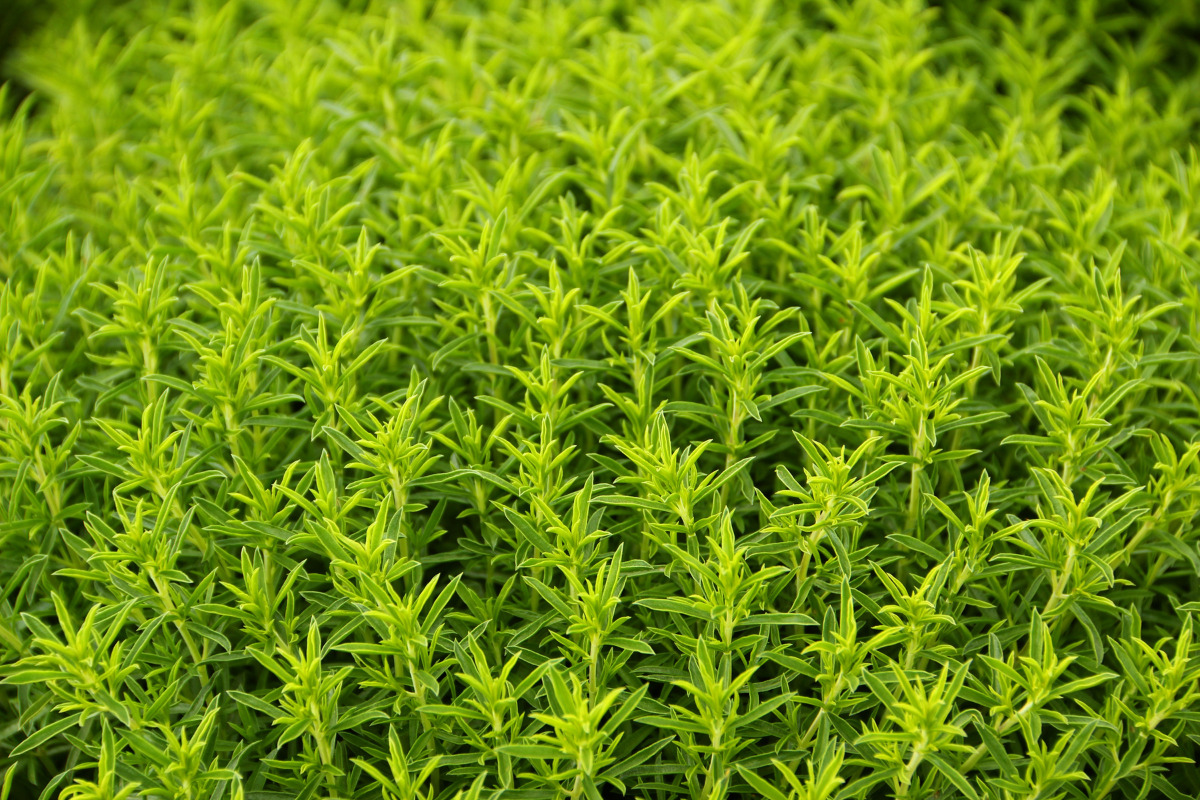
Summer savory can be harvested throughout the growing season, but it is best to harvest leaves before the plant flowers. To dry the herb, tie the stems together and hang them in a warm, dark, and well-ventilated place for about a week. Once dried, crumble the leaves and store them in an airtight container in a cool, dark place.
8. Companion Planting
Summer savory is considered a good companion plant for a variety of vegetables and herbs. Companion planting is the practice of planting different species of plants together in a way that can benefit each other.
Here are a few examples of how summer savory can be used in companion planting:
- Summer savory is said to repel bean beetles and improve the growth and flavor of beans when planted near them.
- It’s also said to be beneficial for onions, as it can repel onion maggots and improve their growth and flavor.
- Some gardeners also plant summer savory near tomatoes to improve their flavor and growth.
- Summer savory is also said to be beneficial for other herbs, such as thyme and rosemary, as it can improve their growth and flavor.
- Some believe that planting summer savory near cabbage can repel pests like aphids and moths.
It’s important to note that companion planting can be affected by many factors such as soil quality, weather conditions, and gardening methods, so it’s always good to experiment and see what works best in your own garden.
Frequently Asked Questions about Summer Savory
No, summer savory is not the same as rosemary. They are different herbs with different uses and flavor profiles.
Summer savory is an annual herb, which means it will not come back every year on its own, it needs to be replanted every year.
It’s not recommended to plant summer savory near plants that are sensitive to strong odors, as summer savory has a strong scent that may negatively affect the growth of other plants.
Summer savory is an annual herb and will not survive the winter. It will need to be replanted in spring.
Summer savory takes around 50-60 days from seed to harvest, it can be grown as a perennial in warmer climates, but is typically grown as an annual in most regions.
Wrapping Up
Summer savory is an easy-to-grow herb that can add great flavor to a variety of dishes. It’s also a versatile herb that’s well worth adding to your garden. With proper care, you can enjoy fresh summer savory in your dishes throughout the growing season.
Whether you’re a seasoned gardener or just starting out, this guide will help you successfully grow and enjoy summer savory in your own backyard.






